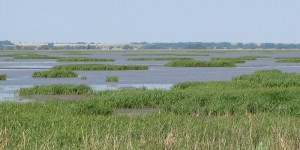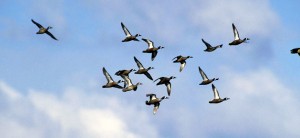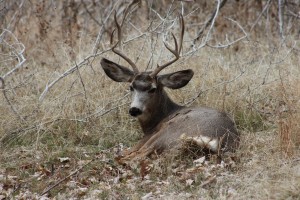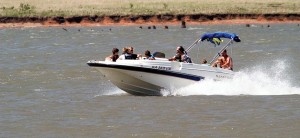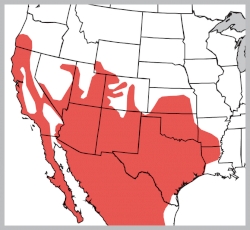Guest Commentary: New rule safeguards Clean Water Act
By Kent Peppler and David Nickum
The Denver Post Opinion
For nearly 15 years, 10,000 miles of streams and thousands of acres of wetlands in Colorado have been at greater risk of being polluted or destroyed due to confusion over what bodies of water are protected under the Clean Water Act. That all changed last week thanks to a new rule from the EPA and U.S. Army Corps of Engineers that restores protections to the vital waters that provide habitat for fish and wildlife and safe drinking water to two out of three Coloradans.
The rule is a clarification of Clean Water Act jurisdiction. It gives Colorado’s farmers and ranchers a clear understanding of the rules that protect the water we rely on for the production of healthful food while maintaining all of the existing Clean Water Act exemptions for normal farming activities, and in some cases, strengthening them. The rule also gives Colorado sportsmen certainty that the wetlands and headwater streams that form the backbone of our state’s $3 billion outdoor recreation economy will be safeguarded.
Contrary to what opponents have claimed, the rule does not expand the Clean Water Act. The rule does not protect any new types of waters or regulate ditches. It does not apply to groundwater, nor does it create any new permitting requirements for agriculture, or address land use or private property rights.
In crafting the long-overdue final rule, the agencies reviewed comments from more than 1 million Americans. Advocates on all sides had called for the clarification the rule provides, prompting the EPA and Army Corps to hold more than 400 meetings with stakeholders. The final rule is a clear victory not only for farmers, ranchers and sportsmen, but for all Coloradans. Unfortunately, it may not last long.
Before the clean water rule was even finalized, some members of Congress began to engage in last ditch efforts to block the anticipated rule, and restart the multi-year rulemaking process. Now that the rule has been written, these attacks have intensified. Inflammatory rhetoric about an administrative “power grab” are driving attempts to pass legislation in both the House and Senate that would force the agencies to go back to the drawing board and rewrite the rule. Not only would these efforts unnecessarily delay a process that has been well vetted from top to bottom, it would also have serious, damaging impacts on our water supply, our local farmers, sportsmen and our state’s economy.
As Congress considers this unnecessary delay, Colorado’s senators have a critical role to play. Sen. Michael Bennet has supported these efforts to protect clean water in the past, while Sen. Cory Gardner has been in opposition. We urge them both to do what’s in the best interest for their constituents and oppose efforts to derail the clean water rule.
There is a misconception that all farmers oppose the clean water rule. In fact, farmers, ranchers and sportsmen have stood side by side for decades in the fight for clean water, and were present during the many public meetings and listening sessions the agencies held as they were forming the final rule. As we face down 11th-hour efforts to block the rule, we urge support for the clean water rule across the Continental Divide, from headwater trout streams to farm fields, to sustain our Colorado way of life for us and future generations of farmers, hunters and anglers.
Kent Peppler is president of the Rocky Mountain Farmers Union. David Nickum is executive director of Colorado Trout Unlimited.

